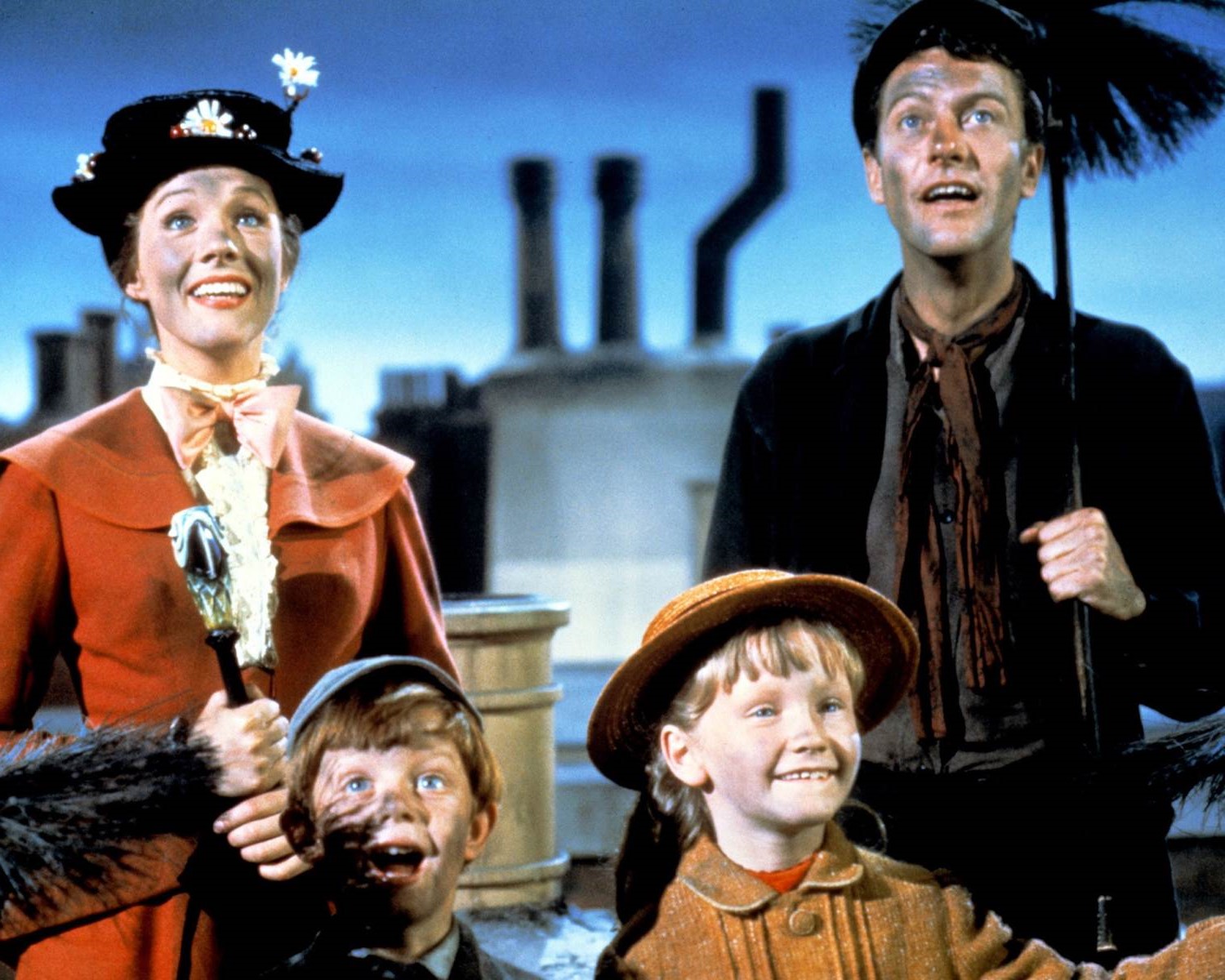Home>Entertainment>UK Raises Age Rating For ‘Mary Poppins’ Over ‘Discriminatory Language’


Entertainment
UK Raises Age Rating For ‘Mary Poppins’ Over ‘Discriminatory Language’
Published: February 27, 2024
Stay updated with the latest news as the UK raises the age rating for 'Mary Poppins' due to discriminatory language. Get the latest insights and updates on this developing story.
(Many of the links in this article redirect to a specific reviewed product. Your purchase of these products through affiliate links helps to generate commission for Splashnewsonline.com, at no extra cost. Learn more)
Table of Contents
The classic film “Mary Poppins” has undergone a change in its age rating in the UK due to the use of discriminatory language, prompting the British Board of Film Classification (BBFC) to take action.
Key Takeaway
The age rating for “Mary Poppins” has been raised in the UK due to the use of discriminatory language, reflecting a commitment to ensuring that younger audiences are not exposed to such language and behavior.
Understanding the Issue
The BBFC has raised concerns about the use of the term “Hottentots” in the movie, deeming it unsuitable for younger audiences. This term, although not commonly recognized today, has historical significance and is considered racially offensive. It was used by European colonizers in Africa, particularly in reference to the Khoikhoi, an indigenous group from Southwestern Africa. The term is associated with a time when it was used to imitate the group’s language, which included distinctive clicks.
Context within the Film
The use of the term “Hottentots” occurs during a notable scene in the movie, specifically during the “Step in Time” number led by Dick Van Dyke’s character, Bert, the chimney sweep. The character Admiral Boom, portrayed by Reginald Owen, uses the term while believing he is under attack. This choice of language reflects the time when the film was made, in the 1960s.
Impact of the Rating Change
The adjustment in the age rating, from U (equivalent to a G rating) to PG, aims to prevent younger audiences from being exposed to discriminatory language and behavior. This change is intended to support parents in making informed decisions about the content their children are exposed to, with the goal of avoiding the unintentional repetition of such language and attitudes.
